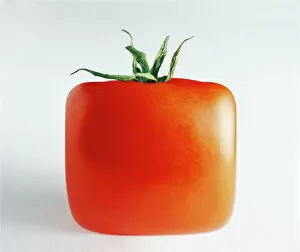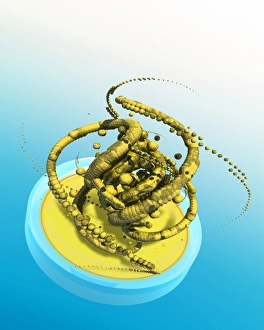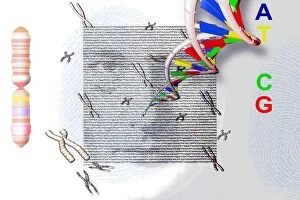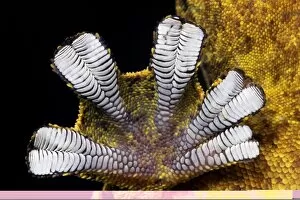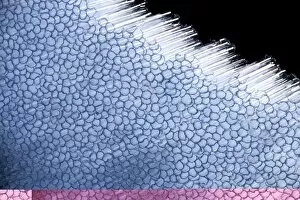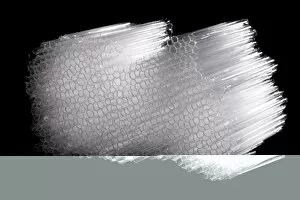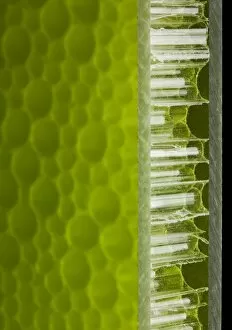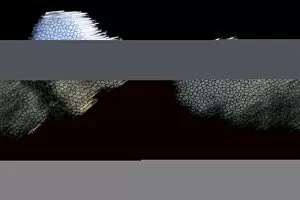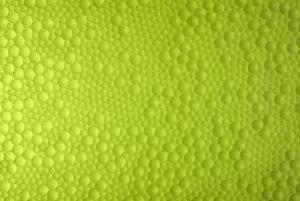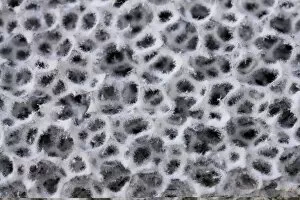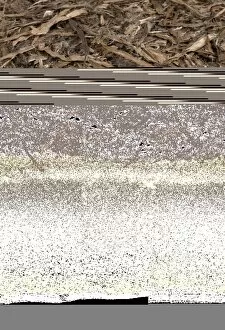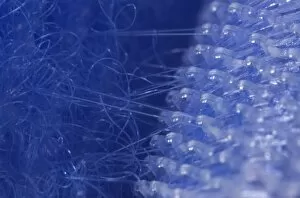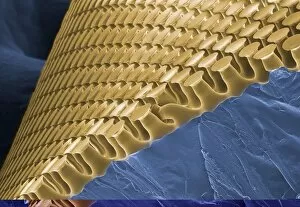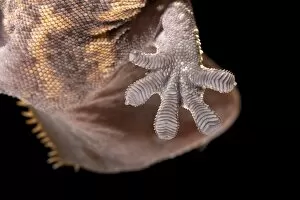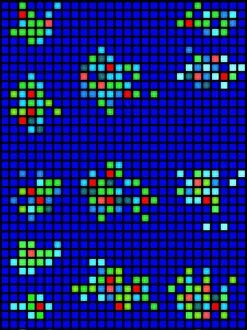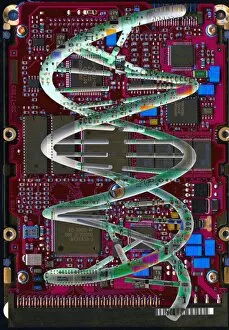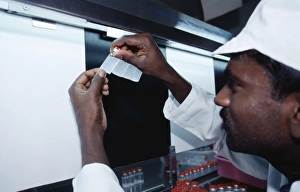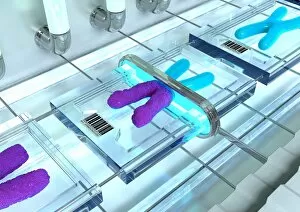Biotechnological Collection
"Unleashing the Biotechnological Marvels: From Square Tomatoes to Artificial Life" In the realm of biotechnology, innovation knows no bounds
All Professionally Made to Order for Quick Shipping
"Unleashing the Biotechnological Marvels: From Square Tomatoes to Artificial Life" In the realm of biotechnology, innovation knows no bounds. Step into a world where science and art converge, revealing astonishing creations that push the boundaries of what we thought was possible. Behold the square tomato, a testament to human ingenuity in manipulating nature's design. Through meticulous genetic engineering, scientists have crafted this marvel with precision and purpose. Its symmetrical form challenges conventional norms while promising enhanced efficiency in packaging and transportation. But it doesn't stop there; biotechnologists are venturing even further by delving into the creation of artificial life itself. In laboratories teeming with cutting-edge technology, they strive to unlock the secrets of existence. These endeavors blur the line between creator and creation as humanity takes on an unprecedented role in shaping our biological landscape. Antibody molecules F007/0109, F007/0107, F007/0104, F007/0105, F007/0103, and F007/0102 stand as beacons of hope against diseases that plague our world. Engineered for targeted efficacy against specific pathogens or cancer cells, these microscopic warriors hold immense potential for revolutionizing healthcare treatments. The intricate dance of genetic fingerprints unfolds before us like conceptual artwork come alive - C016/7521 reveals a mesmerizing tapestry unique to each individual's DNA blueprint. Unlocking these patterns opens doors to personalized medicine tailored precisely for one's genetic makeup. Nature herself becomes an inspiration as biotechnologists draw insights from her ingenious designs - behold the gecko foot C014/0963. This remarkable feat allows us to mimic its adhesive properties for applications ranging from climbing robots to medical adhesives that adhere seamlessly without causing harm. Delight your taste buds with imitation honeycomb filling C014 / 0293 - a culinary masterpiece born out of biomimicry.

